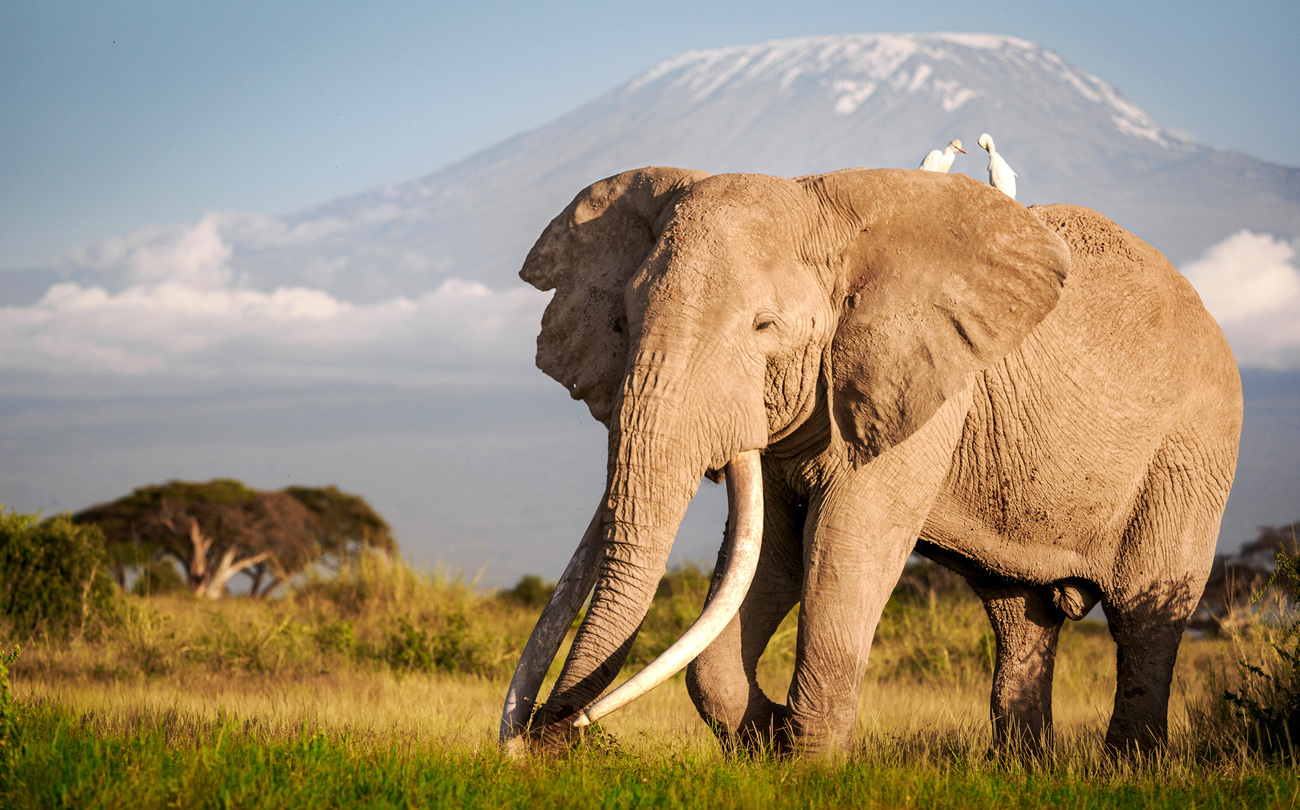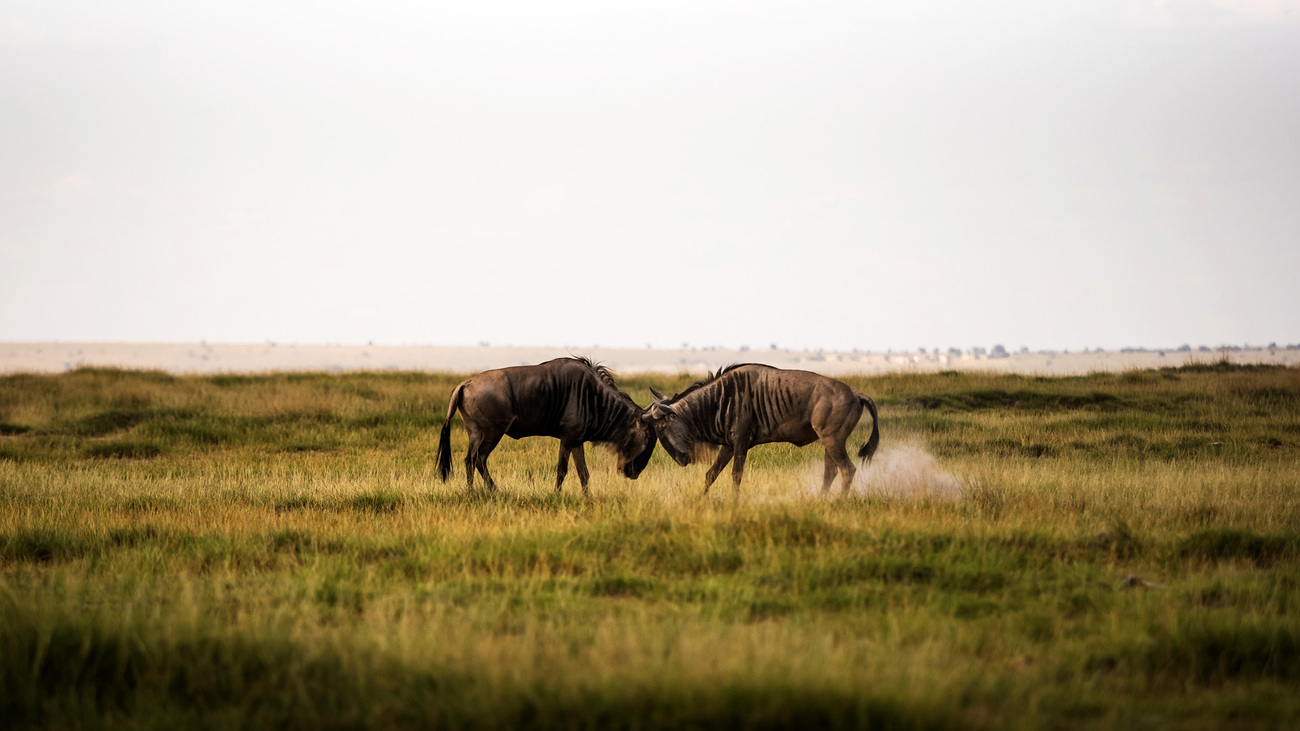Community stewardship of Amboseli: A landmark step toward Room to Roam
Community stewardship of Amboseli: A landmark step toward Room to Roam

It is a bold political step, grounded in Kenya’s constitutional commitment to devolving resources and services. It is also a significant win for benefit sharing, which remains one of the biggest barriers to meaningful community participation in conservation across Africa.
For decades, the Amboseli Maasai have viewed the transformation of their former game reserve into a government-run protected area as a “historical injustice”. Unlike the Mara, whose impressive annual Ksh 4.3 billion (US$33 million) tourism revenue goes directly to the community through Narok County Government, Amboseli’s earnings have largely bypassed local households.
Amboseli is exceptional for many reasons. Established in 1973 by executive decree, it is a UNESCO Man and Biosphere Reserve whose permanent swamps sustain Maasai pastoralists, their livestock, and the region’s iconic wildlife. Yet at only 392 km², the park depends heavily on surrounding community lands for dispersal and long-distance wildlife movements across the wider Kilimanjaro landscape and into Tanzania.
“The Deed of Transfer commits Kajiado County to provide financial resources for the conservation of Amboseli National Park and work with local communities and conservancies to secure up to one million acres of surrounding land as wildlife corridors and dispersal zones — vital for sustaining elephant and predator movements between Amboseli, Kimana, and the Chyulu–Tsavo ecosystem,” says Ben Wandago, IFAW Country Director for Kenya.
This expanded space aligns closely with IFAW’s 'Room to Roam' vision, which aims to secure habitat connectivity and strengthen the resilience of landscapes and communities. In Amboseli, rising populations, land-use changes, and climate impacts have made this work more urgent than ever.

The financial implications are equally significant. Apart from a 5% allocation for wildlife research, Amboseli’s estimated annual tourism revenue of Ksh 1.5 billion (approximately US$11.6 million) will now be allocated to the county government. This could boost local ownership, improve the livelihoods of the Amboseli Maasai—who have long hosted wildlife without receiving a proportional benefit—and strengthen conservation management across Kajiado’s 60 registered community conservancies.
Still, the transition raises important questions.
Some conservationists worry that devolved control could compromise the park’s management. Others point to Kenya’s frequent delays in releasing funds to counties, which can disrupt key services. In a worst-case scenario, prolonged funding gaps could divert tourism income to urgent social needs at the expense of ranger welfare and core wildlife protection.
The deed of transfer anticipates some of these risks. It establishes a semi-autonomous agency—effectively a localised version of KWS—to oversee operations, backed by community engagement, clear management plans, and oversight by national and county assemblies. This structure aims to buffer conservation decisions from shifting political pressures.

Another concern is precedent. The Amboseli handover may inspire similar demands from other counties that host high-value parks such as Tsavo, Aberdares, Nairobi, and Nakuru. Poorly coordinated transitions could weaken national conservation priorities and dilute the authority and expertise of the Kenya Wildlife Service, particularly if county-level conservation agencies are not well-linked or adequately regulated.
There are also financial risks. KWS, which spends 78% of its revenue on wildlife security, already faces a Ksh 12 billion (approximately US$93 million) budget deficit. Losing revenue from major parks could further strain its ability to protect less-visited ecosystems, such as Mt. Elgon and Meru, as well as fragmented habitats where more than 65% of Kenya’s wildlife lives outside protected areas.
Even so, the move is widely viewed as a potential turning point.
“If successful, the Amboseli model could become a blueprint for devolved conservation governance in Kenya, balancing ecosystem integrity, local empowerment, and sustainable tourism for future generations,” says Wandago.
If implemented carefully, the handover could create an integrated landscape model—one where communities are genuine partners, wildlife has room to roam, and conservation benefits are shared more fairly across generations.
Related content
Every problem has a solution, every solution needs support.
The problems we face are urgent, complicated, and resistant to change. Real solutions demand creativity, hard work, and involvement from people like you.